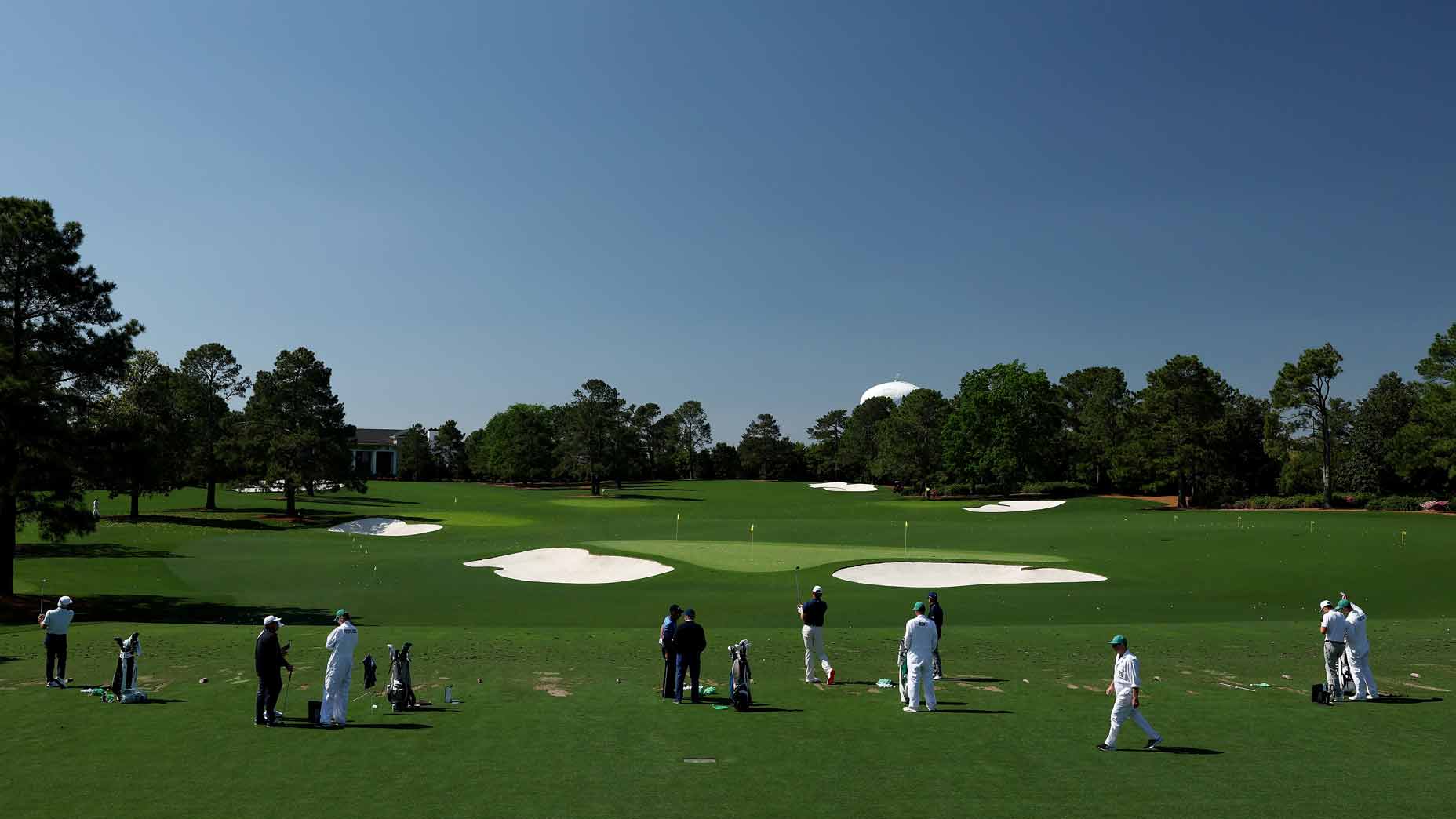
Maddi MacClurg
April 11, 2025
Viktor Hovland stands in the twelfth tee with his caddie
Getty Images
Every year, the world’s best golfers tweak the swing and their confidence is high. But, no matter how capable they are to hit the ball, part of the course still seems to put them on the edge: green.
Augusta’s surface requires not only accuracy, but also precise punishment for players. If you don’t hit the green, it can also roll off the green if it doesn’t land in the right position.
This strict standard makes this profession so fascinating. Players are restricted in each method. But for those who have never played Augusta, you might be wondering what makes these vegetables so horrible?
To find out, I spoke with Eric Alpenfels, a 100-golf teacher and director of teaching at Pinehurst Resort, another course known for its well-thinking putting greens. What he reveals may surprise you.
Super selective landing zone limits scoring opportunities
Augusta’s complex terrain combines strong and fast vegetables (usually about 13 or 14 chapters on the stimulator), with a much smaller landing area than other Green Tour players throughout the season.
“Due to the speed of the greens and how firm they are, you change where you land the ball or attack the pins,” Alpenfels said.
A good example is the 15th hole on the 5th. With the help of the pin on the rear left foot, the player has only a four-yard window to land and hold the ball before it can reach into the water around most of the green. However, because the green is so firm and quick, the player is less likely to stop these shots quickly.

These are the worst gear changes professionals make at Masters
go through:
Kris McCormack
“This almost forces players to adopt a strategy because it gives them a greater chance of stopping the ball, rather than choosing a target one, rather than getting close to the hole, but getting close to the target and having to default, the goal is both, and it’s a more forgiving green part.”
Not only does this limit their scoring ability, but for some players, it can even shake their confidence. Remember, these are the best golfers in the world. They are not used to playing safely.
Wedges offer more options, but don’t eliminate risks altogether
You might think that with the wedge on hand, players will feel more comfortable attacking the greens of Augusta Country. But, Alpenfels explains that while it certainly instills more confidence, they still can’t guarantee green regulation.
“Players with wedges, gap wedges, 9 irons and 8-irons will certainly be positive, but in some cases they still have to be a little safe.”
That’s because the firm and rapid nature of the Greens means that if something deviates slightly, they are not very tolerant. Although players dial their numbers, there are variables that are out of control, such as lie, wind, temperature and moisture – all of which can play a role in their success or demise.
The error profit margin in the recovery zone is very low
Since landing zones are so selective, players often find themselves in a difficult recovery area around the surface of the putter. From hard green space bunkers lying down to a downhill chip that isn’t loose, the recovery lens may be as relentless as the approach – as evidenced by the first round of Rory’s chips.
Ultimately, what makes Augusta’s vegetables so scary is not only the slope or speed, but their way of exposing every perfect imperfection. And, unless you have to shoot on the front left-foot pin of Rae’s Creek, it’s hard to really understand the disturbingness of this course.

Source link



